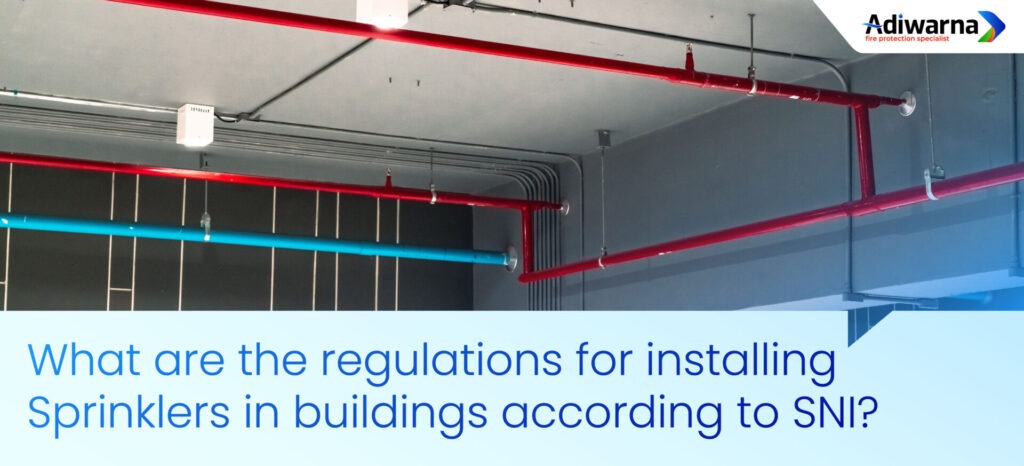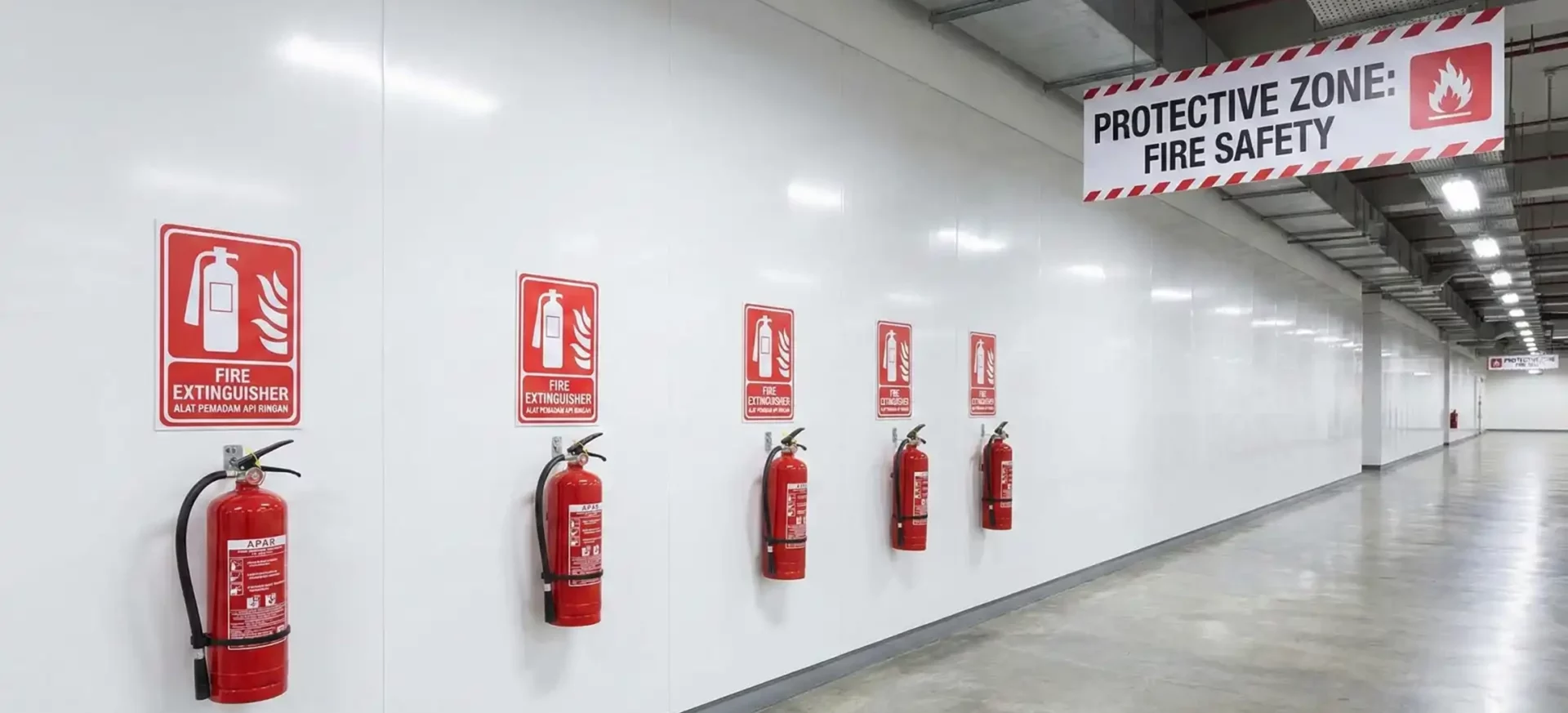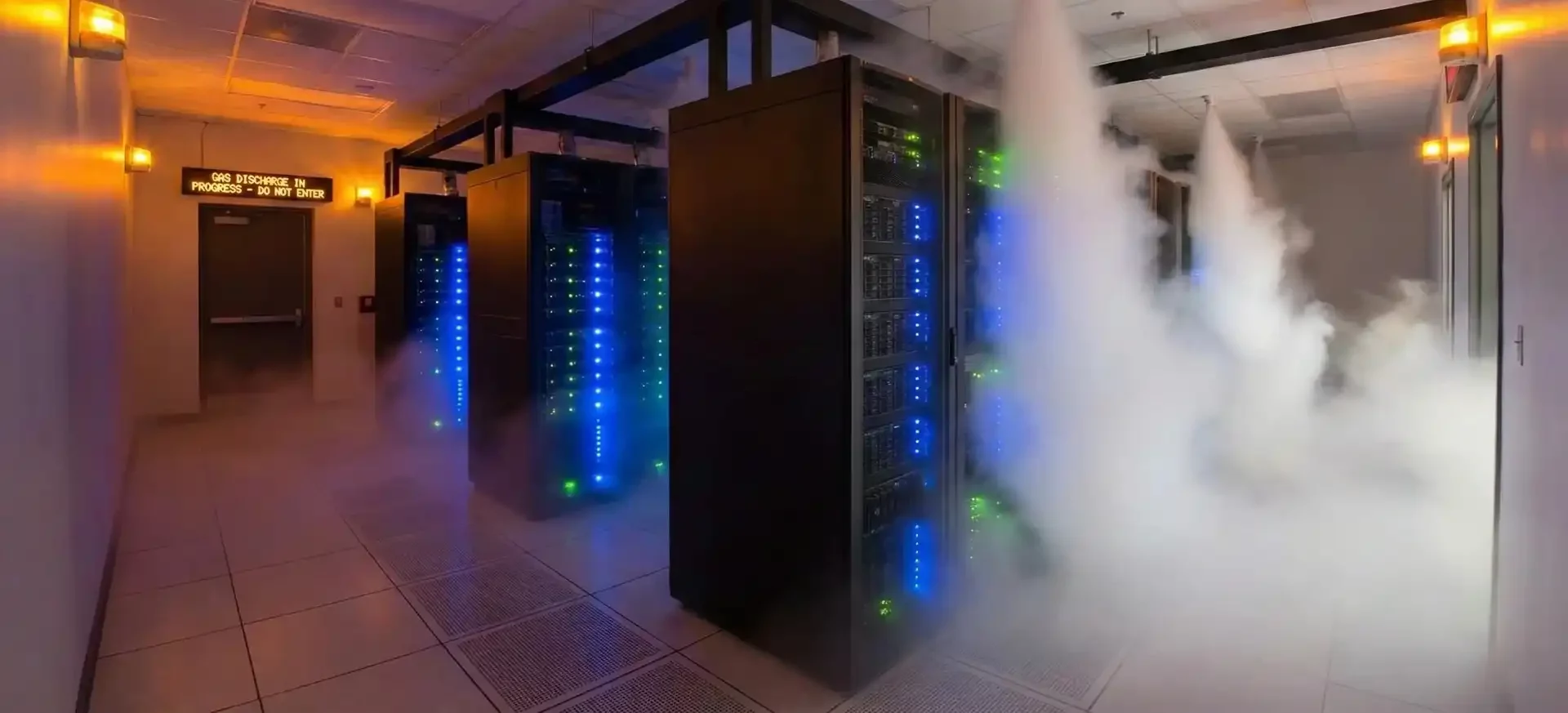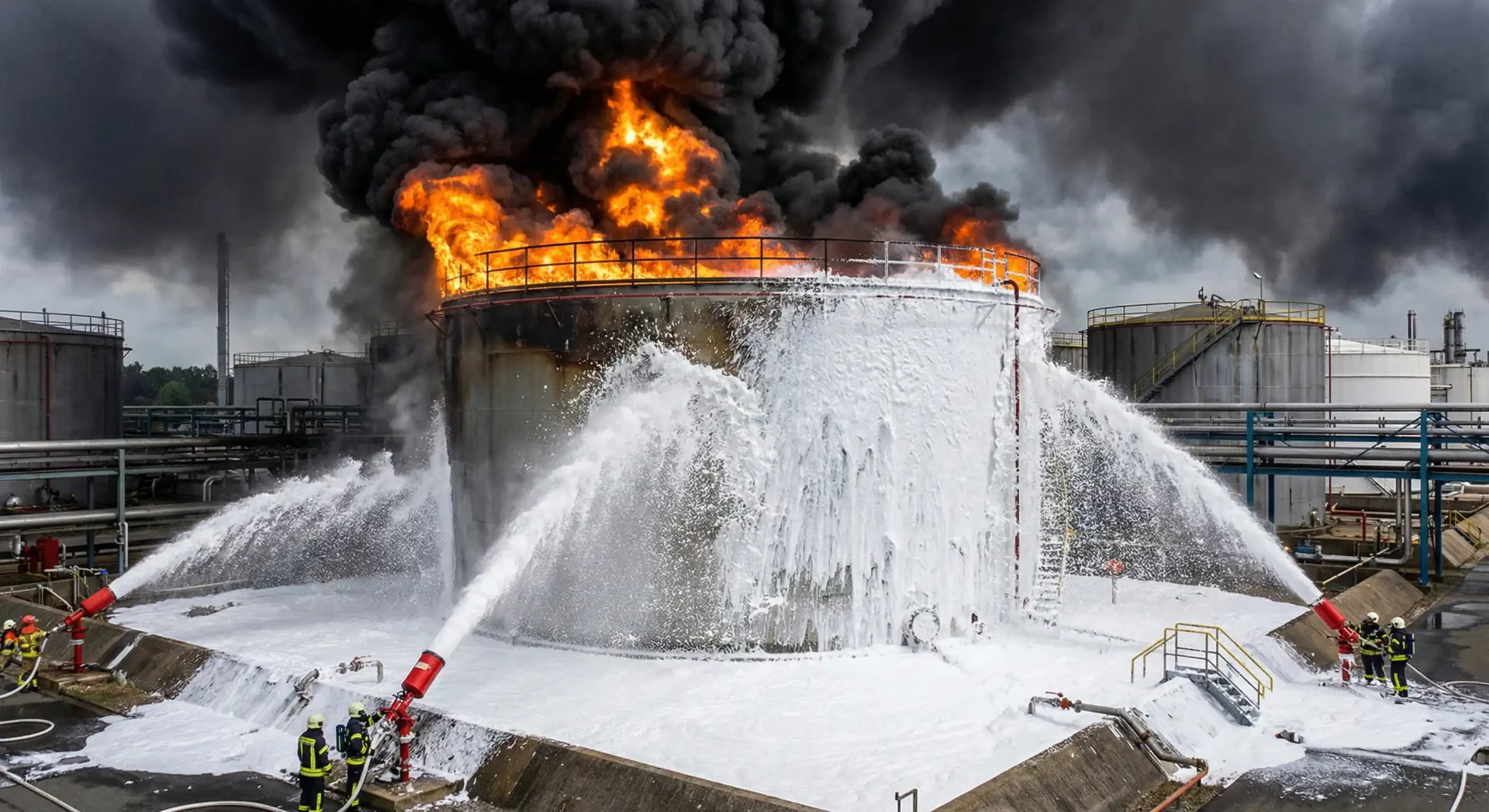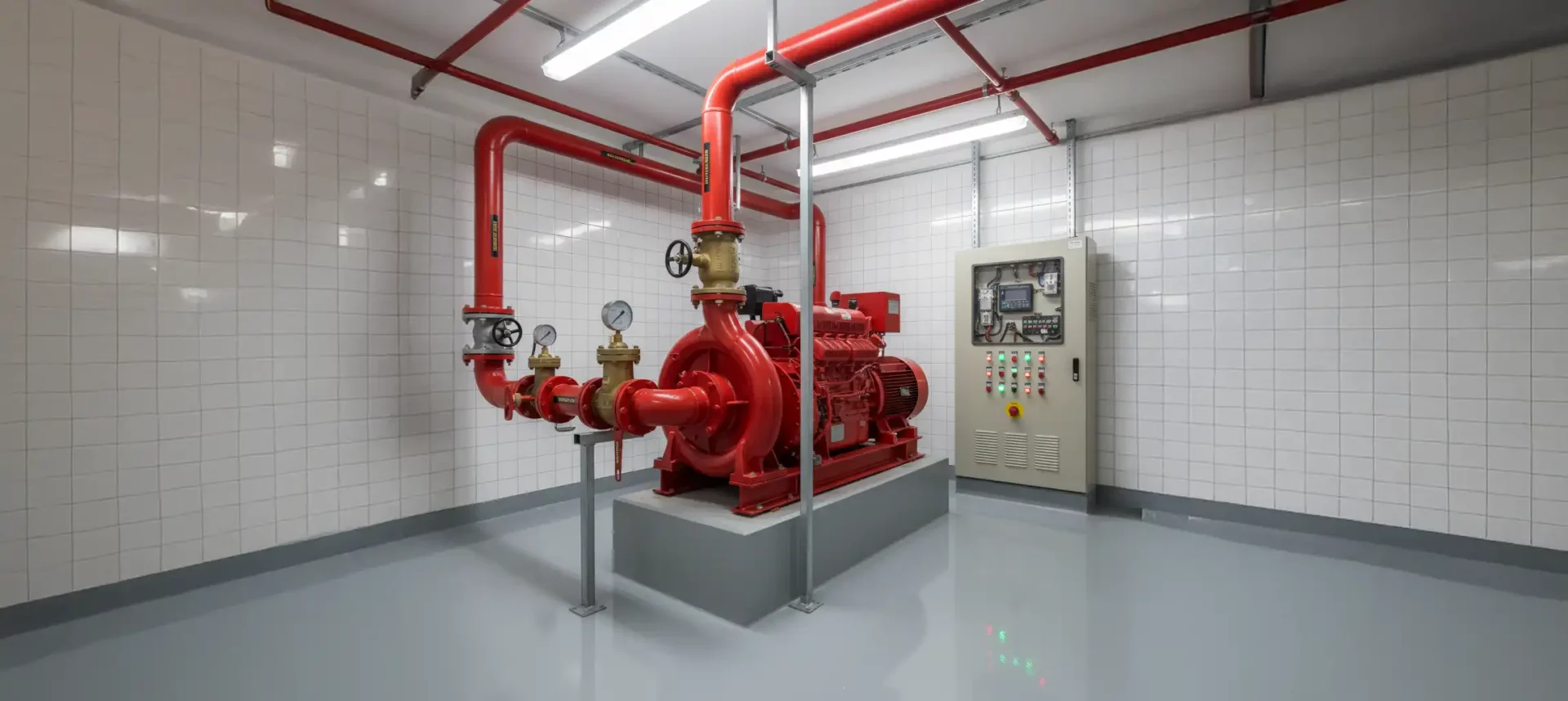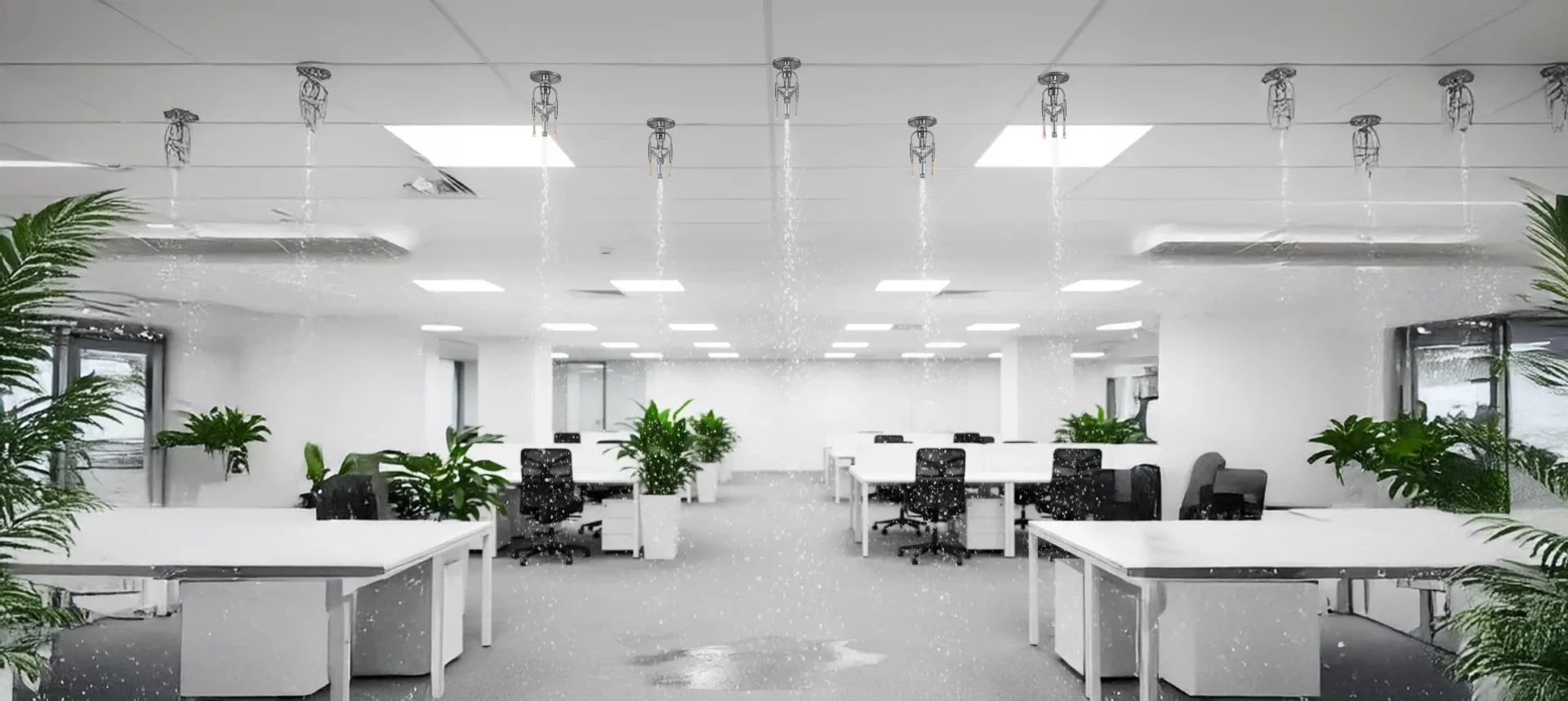How are the regulations for building sprinkler installation in accordance with SNI?
The building sprinkler installation is one of the important aspects of a fire protection system that must comply with national standards to be effective and safe. In Indonesia, the main regulation governing this is SNI 03-3989-2000.
This standard covers various aspects ranging from system types, designs, components, to sprinkler installation and maintenance procedures. By following the provisions in SNI, buildings can be optimally protected from fire risks, while ensuring compliance with building safety regulations.
SNI Standards in Building Sprinkler Installation
The installation of building sprinklers cannot be done carelessly. There are a number of technical standards that must be followed so that the system works properly and meets national safety criteria.
Standard Type
SNI 03-3989-2000 classifies sprinkler systems into four main types based on building conditions and risks:
- Wet Sprinkler System: This is the most common system, with pipes filled with pressurized water ready to spray when the sprinkler head detects heat.
- Dry Sprinkler System: Used in areas prone to freezing temperatures, the pipes are filled with pressurized air and water only flows when the system is active.
- Pre-Action System: A combination of wet and dry systems, only active after two stages of detection are met, suitable for sensitive areas such as server rooms.
- Delete System: The sprinkler heads are always open and water is released simultaneously when the system detects danger, ideal for high-risk areas.
Design Standards
Sprinkler installation design must be adjusted to the characteristics of the building and the level of fire risk. Some of the main principles in design according to SNI are:
- Calculation of water pressure and discharge carried out based on the area and fire risk classification.
- Sprinkler head distribution must be even, with the distance between units following technical guidelines.
- System zoning facilitate control and maintenance, and limit damage in the event of a fire.
- Sprinkler placement must take into account building structure and potential sources of fire.
System Component Standards
In order for the system to function optimally, all components used in a building sprinkler installation must meet standard specifications:
- Corrosion resistant pipe and able to withstand high pressure, generally made of steel or copper.
- Sprinkler head which is designed with a temperature rating according to the fire risk in the area.
- Pump which is capable of providing water pressure according to the system design.
- Control panel which is easy to access and operate to manage and monitor system performance.
Building Sprinkler Installation Standard Procedure
Sprinkler installation must be carried out through a systematic and planned process. General procedures recommended in SNI include:
- Site survey initial and analysis of potential fires.
- Pipe installation which is precise, ensuring no leaks and even water distribution.
- Sprinkler head placement strategically for maximum area coverage.
- System testing, including pressure and water flow tests before the system is put into operation.
Maintenance and Inspection Standards
After installation, the sprinkler system requires regular inspection and maintenance. These activities include:
- Periodic visual and functional inspections to identify damage or potential disruption.
- Cleaning and inspection of components in order to prevent corrosion, sediment, or blockage.
- Recording of maintenance activities to ensure system history is documented and meets audit requirements.
In order for the building sprinkler installation to run according to SNI standards, it is important to entrust this work to a contractor who has experience and expertise. Adiwarna is the right choice for the installation of fire protection systems.
As sprinkler contractor, Adiwarna ensures that all processes from design, installation, to maintenance are carried out professionally and in accordance with national regulations.
With the support of an experienced technical team and a deep understanding of SNI 03-3989-2000, Adiwarna can help ensure that the sprinkler system in your building functions optimally, safely, and is ready to protect against the risk of fire.

